Dear Stephen,
I’ve been on antibiotic treatment for chronic lyme for 3 months and have been successfully healing but not 100%. During the 3rd month I decided to try Japanese knotweed (360 mg per day). After 2 days, I developed a few blood blisters on my lips and a blood vessel in my eye became inflamed. I know it is a blood thinner. I understand the benefits of knotweed but was wondering if I should try a smaller dose or just not take it all. I would like to be off the antibiotics and try the core protocol to continue to heal and strengthen my body. Suggestions?
Stephen’s response:
I haven’t seen this complication before and yes, beginning with a smaller dose is a good idea. It is the primary herb I recommend for lyme but you can try substituting stephania. EGCG can also help. I do think cat’s claw essential.
Stephen
-
Stephen Harrod Buhner was an Earth poet and an award-winning author of twenty-four books on nature, indigenous cultures, the environment, and herbal medicine including the acclaimed book Healing Lyme: Natural Healing & Prevention of Lyme Borreliosis & Its Co-infections.
Stephen came from a long line of healers including Leroy Burney, Surgeon General of the United States under Eisenhower and Kennedy, and Elizabeth Lusterheide, a midwife and herbalist who worked in rural Indiana in the early nineteenth century. The greatest influence on his work, however, was his great-grandfather C.G. Harrod who primarily used botanical medicines, also in rural Indiana, when he began his work as a physician in 1911.
Stephen’s work has appeared or been profiled in publications throughout North America and Europe including Common Boundary, Apotheosis, Shaman’s Drum, The New York Times, CNN, and Good Morning America. Stephen lectured yearly throughout the United States on herbal medicine, the sacredness of plants, the intelligence of Nature, and the states of mind necessary for successful habitation of Earth.
He was a tireless advocate for the reincorporation of the exploratory artist, independent scholar, amateur naturalist, and citizen scientist in American society – especially as a counterweight to the influence of corporate science and technology.
View all posts


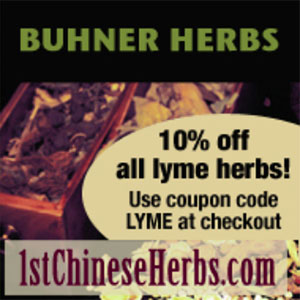


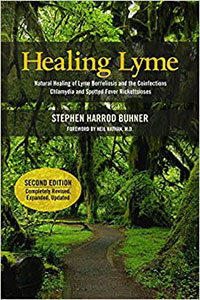
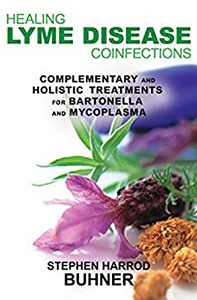
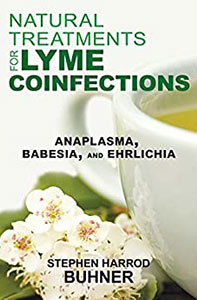
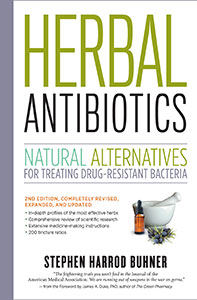
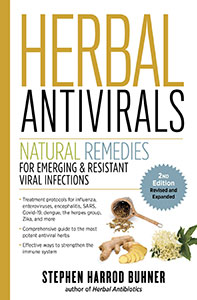



I have had blood blisters in my oral cavity as well as spontaneous bruising elsewhere, usually on joints of fingers. This has occurred before I knew I had TBD, when and when not taking Japanese Knotweed. Based on this: “With Babesia infection, capillary blockage and microvascular stasis can occur as a result of red blood-cell fragments clogging the system.” from page 180~~”Healing Lyme” that perhaps this was a sign of my having Babesia. I asked three LLMDs who I have consulted about this. Dr. H. said that it was a symptom of Babesia. The other two made no comment.
I don’t know where to ask my question more directly, and I have been researching online and in my cope of Healing Lyme to no avail, so I hope someone here might know the answer… I have recently started Japanese Knotweed for suspected chronic lyme. For the first time ever I have experienced an ache in my esophagus area (near solar plexus), perhaps this is acid reflux./? I feel a dull ache there everyday after my dose of knotweed. I harvested it myself and simmered 4Tbls in apple in 2 cups cider vinegar then added small bit of raw honey. I have started a small dose of 1/2 t of this preparation. Could these symptoms be some sort of herx? Or am I damaging my esophagus by taking the JK?
I also take lugol’s in small doses, vit C, magnesium, selenium- daily, and eleuthero in small doses in water.
Thank you for any information.
Hi Emma,
That is because the Q & A is no longer active. I keep the site up so people can access the archive and communicate with one another in the comments section. If you’d like to ask Stephen your question, you can try contacting him through his website http://gaianstudies.org but I am unsure if he is still responding to questions. He has received thousands over the years. My first response to your question, though, would be: do you know that it is the Japanese knotweed you are responding to, or could it be the apple cider vinegar or honey? I would confirm that first. Then experiment with dosage, if you lower your dose, do the symptoms go away? Blessings to you, Julie
Hello Julie! Thank you for your response. I will experiment with altering each of those aspects of my medicine. I had such a good feeling about the knotweed… Also haven’t yet come across anecdotes of other people experiencing reflux symptoms from it. Blessings to you as well. Thank you for keeping this forum for sharing alive!